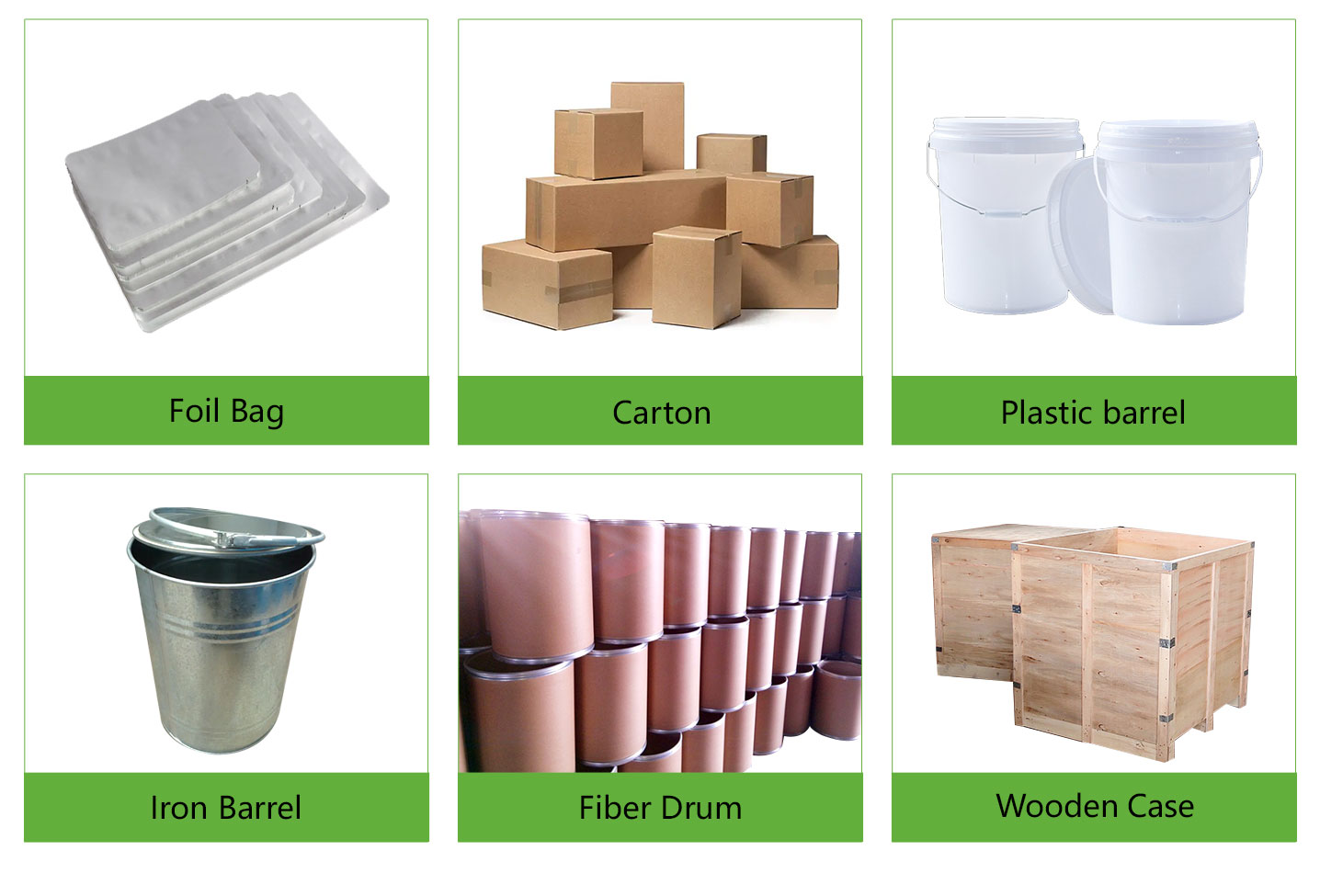The Discovery of Shape Memory Alloys
The discovery of SMA material properties is just one story. In the 1930s scientists began to study the unexpected properties of various metals. This was the beginning of early research on the material. Arne Ollander (Swedish chemist) described a pseudoelasticity phenomenon that was discovered in the study of gold-cadmium alloys. It wasn’t until 30 years later when a laboratory accident revealed that “shape memories alloy” actually existed … The U.S. began conducting metallurgical studies in the 1960s and 1950s. Naval Weapons Laboratory. William J. Buehler (scientist) was working on casting and melting nickel-titanium rods one day. As he waited for the rods cool down, a man named William J. Buehler dropped one of his rods onto the concrete floor. He heard a dull sound. After thinking this strange, he then dropped another hot nickel-titanium rod on the concrete floor. Then he heard something resembling a bell. Buehler began to worry that the casting was not going according to plan. He went to the cooler and cooled the hot nickel-titanium bar with cold water. After cooling the rod of nickel-titanium, Buehler dropped it to the ground. He heard again a dull click. Later this was proven at the Naval Weapons Laboratory meeting. Buehler’s assistant distributed thin strips of Nitinol, which had been bent like an accordion and stretched. After Dr. David S. Muzzey grabbed the bar, he lit a lighter on it and warmed it. After a quick unfolding, the bar returned to its original form. The properties and properties that Nitinol has at different temperatures was recognized by people who called it Nitinol. Recent and future developments show that shape memory materials don’t have to be limited only to metals. Many other types of shape memory material, including shapes memory polymers, have been created and are being used commercially.Shape Memory Alloy
It has an array of outstanding properties that allow it to be used widely in aviation, automotive industry and medical equipment. Recently, consumer electronics have also used shape memory materials. SMA can be found in mobile antennas, as well as the AUTOfocus component of smartphone cameras. SMA can even be used for toys and crafts. For example, flexible bracelets are made of shape-memory materials, which allow you to bend and twist them until they return to their original form.Shape Memory Alloys
According to the National Strategic Emerging Industries Plan and other supporting policies by the Central and Local Governments, the shape memory alloy industry is one the seven new industries. The state supports and encourages it. With the continued development of shape memories alloy technology and the reduction in cost of industrial policies to increase and promote consumer acceptance, the use of shape alloy will continue to expand. Rmcplant (aka. Rmcplant is an advanced material. With over 12 years’ experience, Rmcplant is an established global supplier of chemical materials and manufacturer. High purity, small particles size, and low impurity are all hallmarks of the Nitinol that our company produces. We can help you if your requirements are lower.Inquiry us
